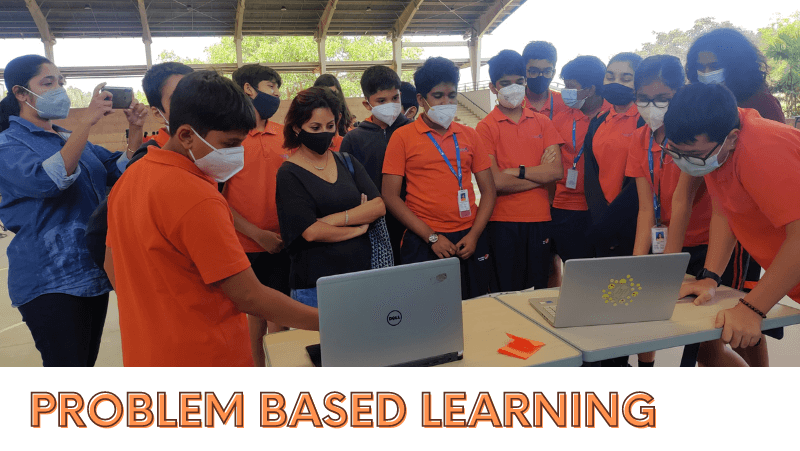Table of Contents
ToggleStudents gain skills that can be used in the real world
The main difference between PBL and textbook learning is that PBL is student centered, which means that students can collaborate and work at their pace. Additionally, they gain important skills in the process. Some of these include critical thinking, communication, collaboration and problem solving. Through textbooks, a lot of the learning can only be used in the field which is taught, but in PBL, the skills gained can be used widely in the real world. A study, namely the AP study taken by the center for economic and social research was carried out where 3645 students were asked to take an AP test. Almost half of the students from PBL backgrounds were able to pass and outweighed the traditional learning students’ pass rate by 8%. This may demonstrate that students learning through PBL get a better understanding of the topic through research, or that they are simply more interested in the topic due to more active learning environments
PBL is more enjoyable for students
PBL is also more enjoyable for students. A recent study mentions that “students in traditional classes with lectures are 1.5 times more likely to fail than students in classes that use more stimulating, so-called active learning methods.” In project based learning, students get an engaging opportunity to not only listen and answer, but to create their own solution, while exploring more about the topic. The important thing about this is that students can learn better when they are interested in what they’re learning. Making a project requires creativity and builds interest in the topic.
Responsibility
Lastly, PBL helps students learn to take responsibility. One example of this is how students have to figure out timings to collaborate and plan out their projects. “Taking responsibility is not just about how the choices a child makes affect them, but also how their choices and actions affect others.” When there is a group project, everyone has to manage which parts they are doing and need to make sure that they are equally contributing to the group. Distribution of work is an important aspect of group work and this means that students have to make important choices, and they also have to make sure that they are keeping track of their work as other students are relying on them.
One problem that some people might have with group work is that some people in the group don’t contribute. Even in cases like these, students learn to take responsibility as they have to manage larger parts of the project.
Counterclaim
It may be argued that PBL makes it a lot harder for teachers to assess individual work. One solution to this is to use self and peer assessments to evaluate the students. Carnegie Mellon University’s Center for Excellence and Education also suggests to “ask individual students to demonstrate their learning… This can be accomplished through independent write-ups, weekly journal entries, content quizzes, or other types of individual assignments.” A weekly journal or quiz may help the teacher grade and assess each child’s learning.
Conclusion
Many schools rely on only the teaching-learning method of teaching, but they should consider including Project based learning as it helps build important skills, responsibility and it is more enjoyable for students. Last year, I was struggling with the electricity topic in my physics class, but since my school included PBL for that topic, I was able to gain more knowledge and keep up with my classmates. I believe that many other students may be struggling to grasp on to subjects in their classes, but if schools include the PBL method of learning it could improve children’s knowledge without the concern of them getting bored.



